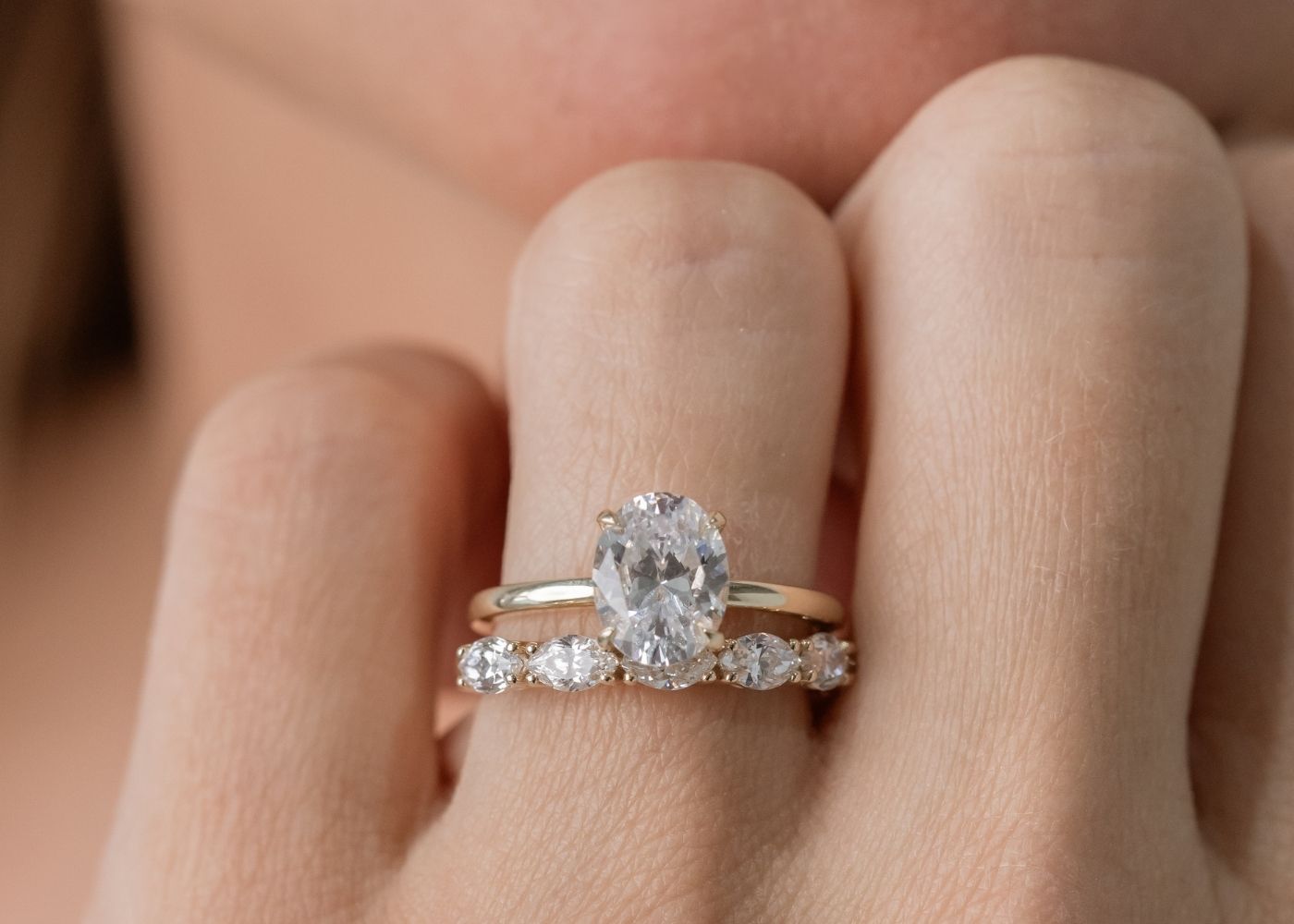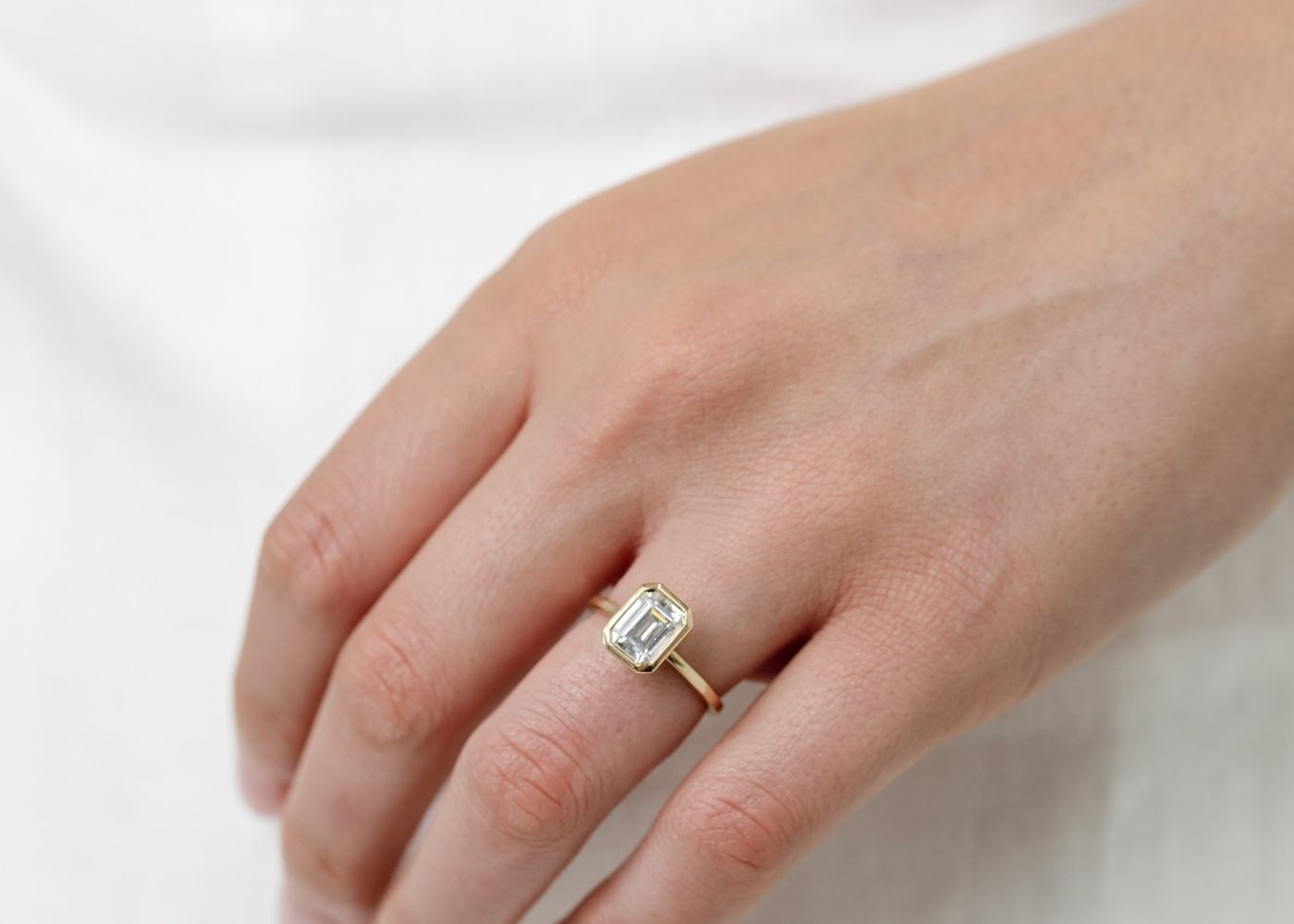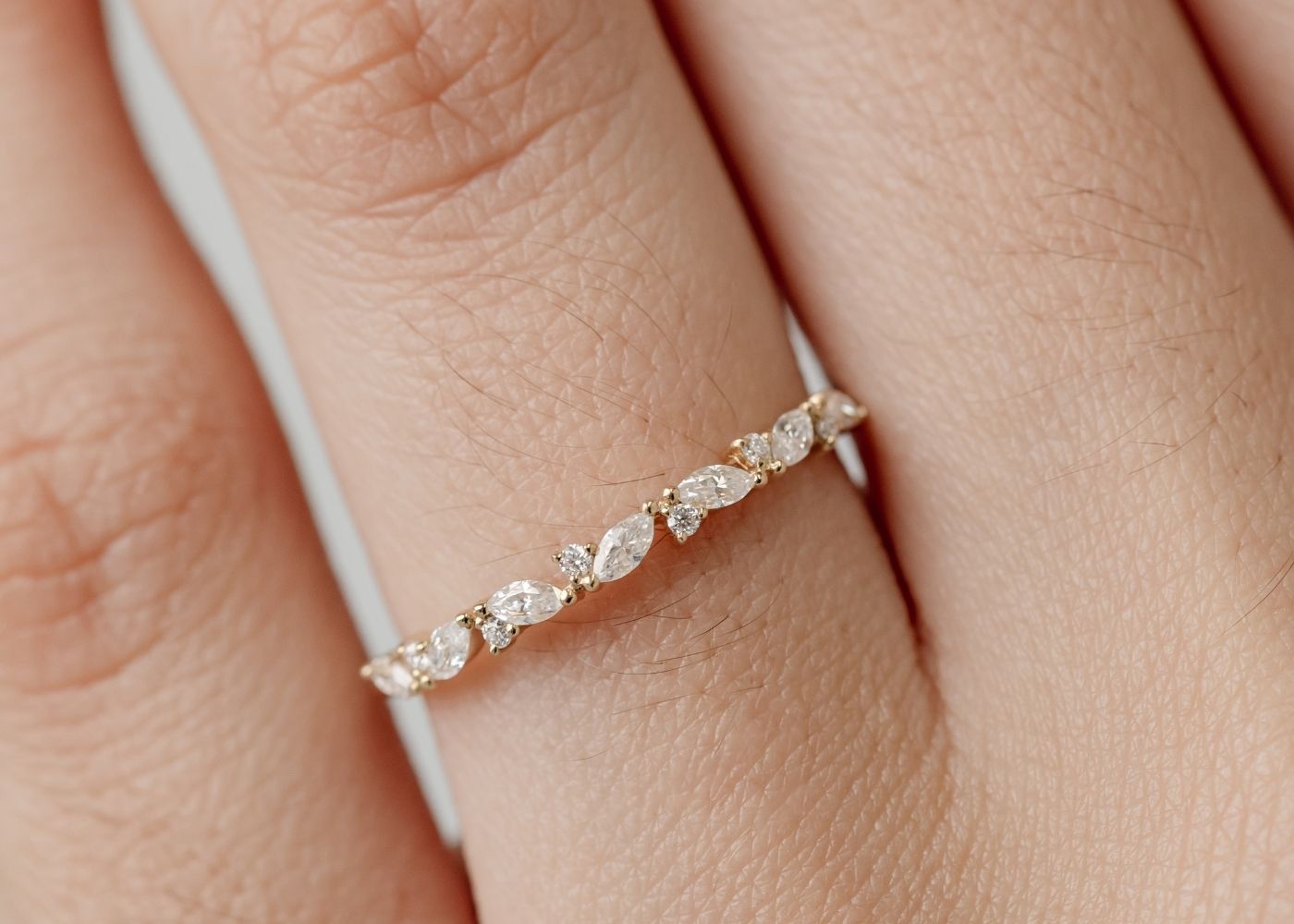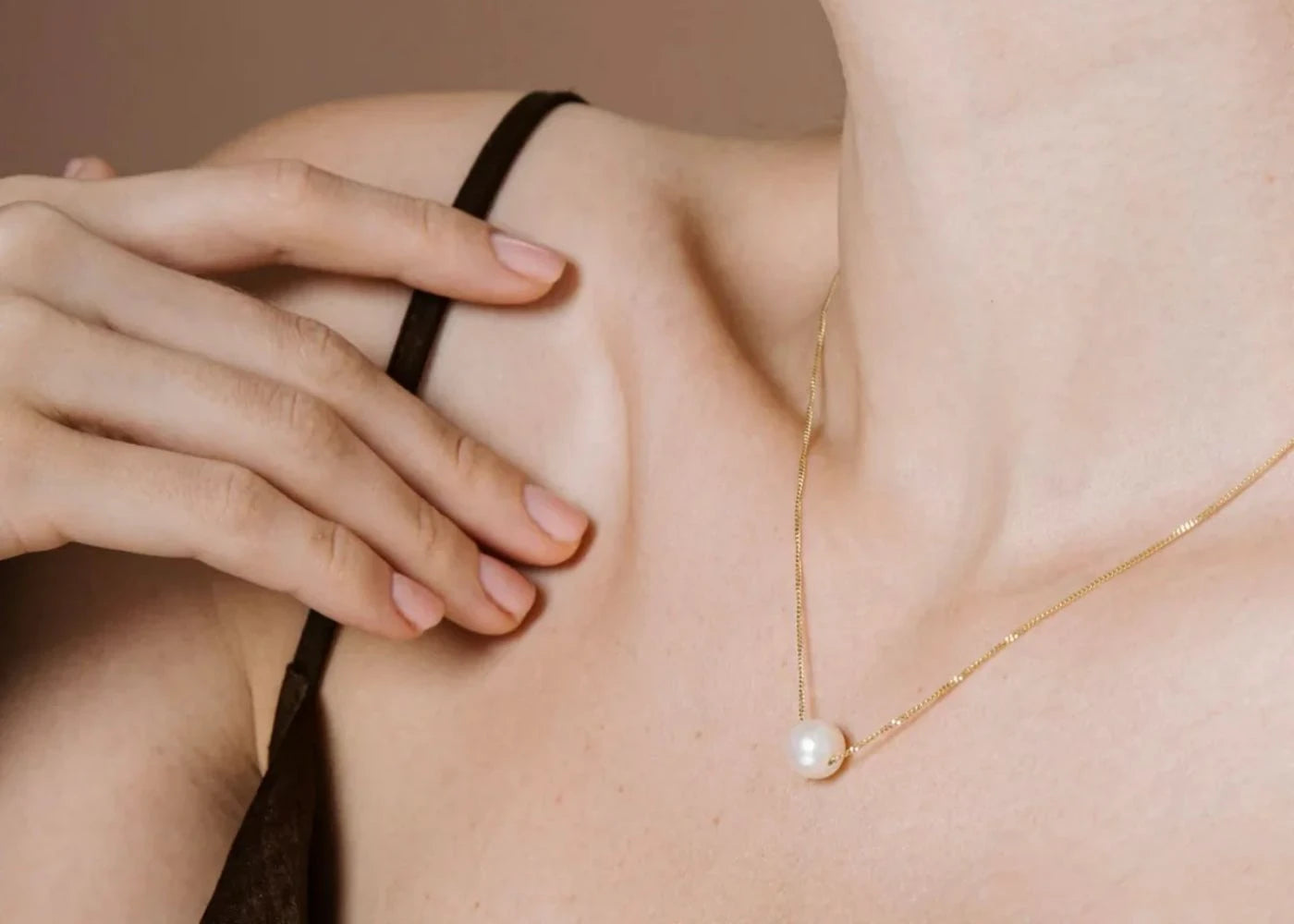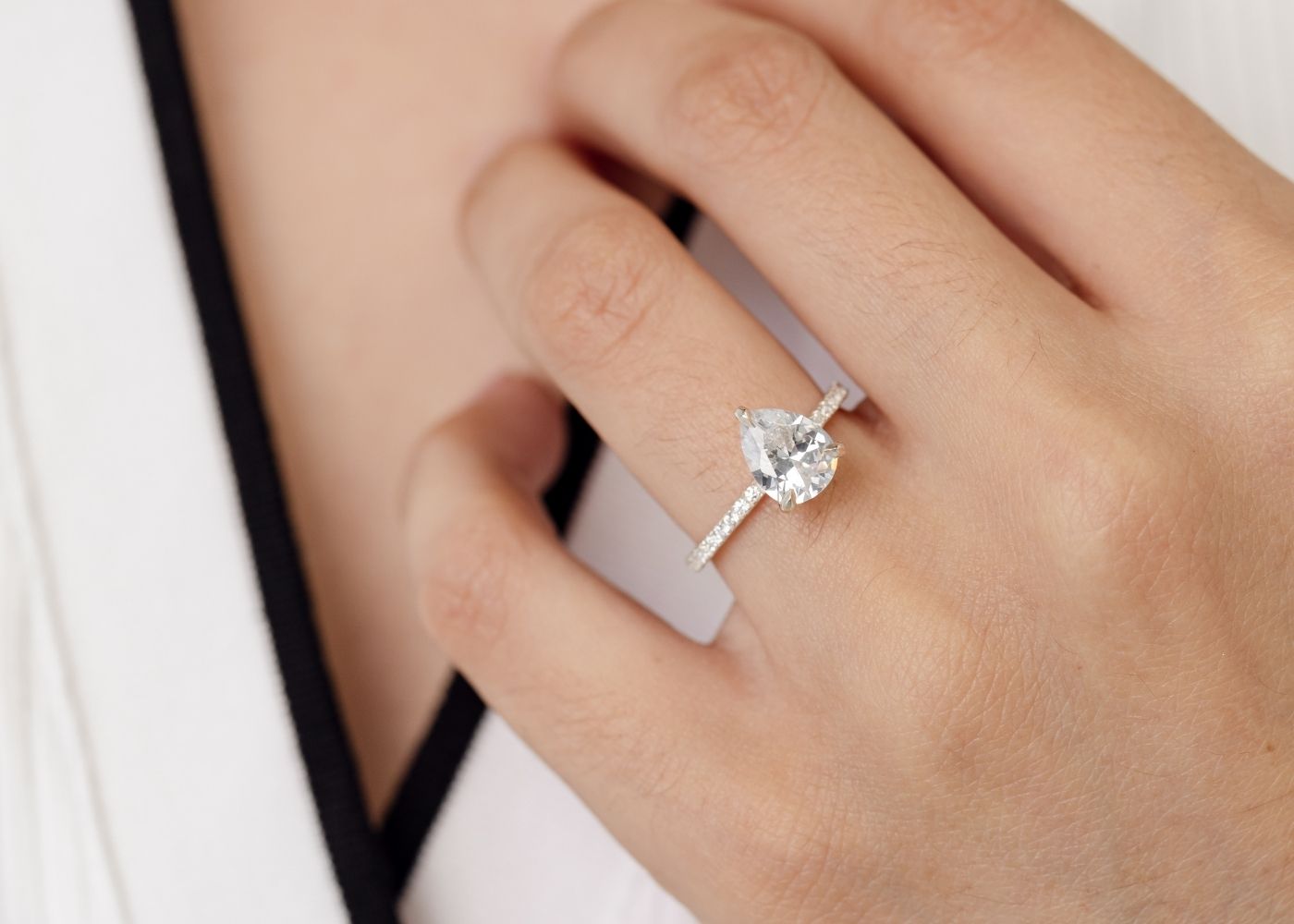Brooch
Ancient brooches
- Brooches from antiquity and before the Middle Ages are often called fibulae.
- They were necessary as clothes fasteners and markers of social status.
- Metalworking technology advanced during the Iron Age, leading to the creation of decorative fibulae.
- Celtic craftsmen in Europe decorated fibulae with red enamel and coral inlay.
- Brooches in ancient Britain were commonly made of copper alloy or iron.
Medieval brooches
- Germanic tribes during the Migration period created distinctive metalwork.
- Migration period brooches combined Late Roman and Germanic art forms.
- Colourful and technically superior jewellery was created during this period.
- Almandine, a burgundy variety of garnet, was commonly used in brooches.
- Brooch designs included geometric decoration, bird motifs, and intertwining beasts.
Anglo-Saxon brooches
- Early Anglo-Saxon brooches were mostly Continental styles.
- Circular brooches appeared in England in the 5th century.
- Kent craftsmen developed their own distinctive styles and techniques.
- Circular brooches became the preferred type by the end of the 6th century.
- Brooches declined in the 7th century but reappeared and remained fashionable in the 8th century.
Celtic brooches
- Celtic brooches were elaborately decorated penannular and pseudo-penannular types.
- Celtic jewellery differed from Anglo-Saxon craftsmanship.
- Inlaid millefiori glass and curvilinear styles were common in Celtic brooches.
- Celtic artisans were known for their inventiveness, complexity, and craftsmanship.
- The Tara Brooch is a famous example of a Celtic brooch.
Scandinavian brooches
- Scandinavian brooches were intricately carved with animal style ornamentation.
- Viking art styles, such as Oseberg, Borre, and Urnes, influenced Scandinavian brooches.
- Various forms of brooches were common, including circular, bird-shaped, and oval.
- Jellinge and Borre art styles were prominent in Scandinavian brooches.
- Scandinavian seafarers during the Viking Age explored, raided, and colonized new lands.
Brooch Data Sources
| Reference | URL |
|---|---|
| Glossary | https://harryandcojewellery.com.au/blogs/glossary/brooch |
| Wikipedia | http://en.wikipedia.org/wiki/Brooch |
| Wikidata | https://www.wikidata.org/wiki/Q499916 |
| Knowledge Graph | https://www.google.com/search?kgmid=/m/01xdjk |

